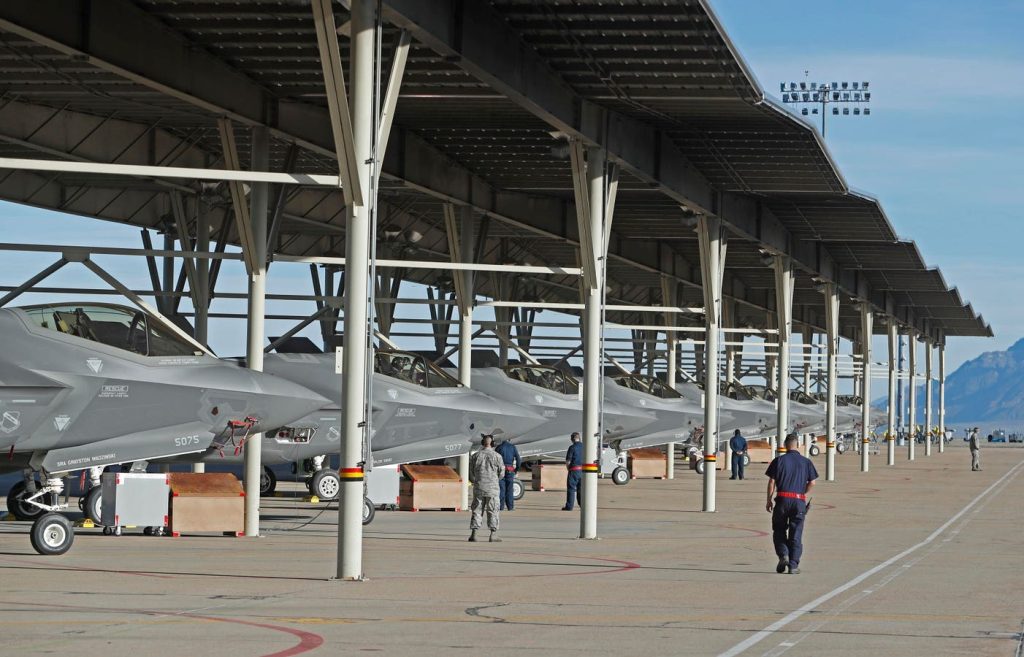The U.S. Air Force is currently facing a severe fighter aircraft gap, particularly in the F-35 stealth advanced 5th generation aircraft inventory, which is crucial for executing the national defense strategy. With increasing aggression from countries like China, Russia, Iran, and North Korea, the Air Force cannot afford to buy fewer fighters. The House Armed Services Committee bill for FY2025 cutting F-35 purchases will only worsen this shortfall, putting the nation at risk of losing a war.
The current fighter shortfall is well-documented, with the U.S. Air Force having less than half the number of fighter squadrons it had during Operation Desert Storm in 1991. Continuous funding pressures and cuts have led to a dramatic reduction in America’s fighter aircraft force, while global demand for fighters remains high. With China producing advanced fighters at a rapid pace, the U.S. must prioritize building its fighter capacity to compete in the global fighter race.
Calls to increase the fighter force by seven squadrons have highlighted the urgent need for more investment in fighters. However, the Air Force is struggling with a force structure capacity nosedive as it faces challenges in replacing aging aircraft with new fighters. The recent decision to withdraw all F-15s from Kadena Air Force Base due to a lack of new fighters demonstrates the urgent need for a reset in the Air Force’s fighter capacity strategy.
The House Armed Services Committee’s decision to cut the F-35 purchases in the FY2025 defense authorization bill will further slow the build of critically needed 5th generation fighters. These cuts will also negatively impact the defense supplier base and erode Marine Corps and Navy F-35 procurement. While there is a need for funding reallocation within the F-35 program to address production issues, such cuts will lead to empty spots on flightlines and unmet combatant command demands.
It is crucial for the U.S. to increase the number of F-35s to meet operational demand against high-end threats in a sustainable manner. Rebuilding America’s fighter enterprise requires greater investment and higher production rates. Failing to adequately resource the fighter requirements will result in the U.S. facing greater costs and risks in potential conflicts. A robust fighter enterprise is essential for U.S. defense strategy, especially in the face of growing global threats.
Ultimately, the U.S. cannot afford to have a second-rate Air Force in the current security environment. It is essential to prioritize building the fighter aircraft capacity that America needs to maintain a strong defense posture. The risks of losing the next war due to insufficient fighter resources are too high, making it imperative for the U.S. to invest in its fighter enterprise for national security.


